The demands that were previously halted due to technical barriers are beginning to become a reality through AI.
Author: Geek Friend
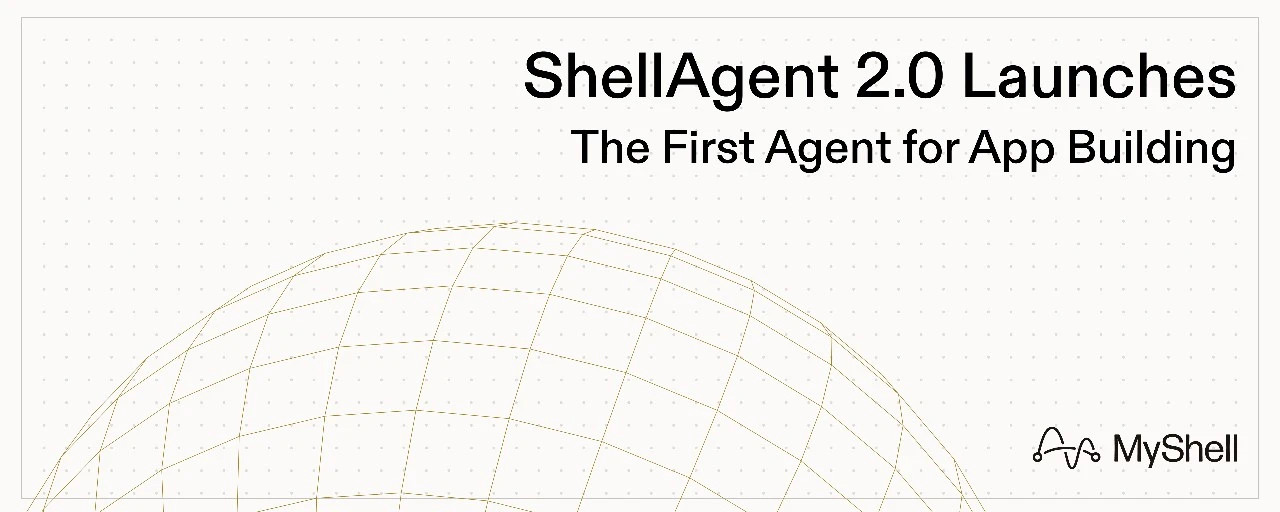
In the past year, AI programming assistants represented by Cursor and Windsurf have rapidly occupied developers' workstations, and the entire industry seems to be discussing Vibe Coding.
The earlier competition between OpenAI and Google for Windsurf should be considered the most notable event in the direction of Vibe Coding. Recently, major domestic companies like Alibaba, Tencent, and ByteDance have also launched their own AI programming assistants, further reflecting the popularity of Vibe Coding.
Ordinary users who do not understand code may find it hard to feel this "heat." The reason is simple: while Vibe Coding assistants have reduced the complexity of programming, they are essentially still "code generators." Developers still need to understand the syntax of programming languages, be familiar with various frameworks and APIs, and master debugging and deployment skills. For the vast majority of ordinary users without a programming background, this barrier remains insurmountable. On the other hand, a high barrier also means a huge market gap.
Against this backdrop, MyShell has launched ShellAgent 2.0, proposing a more radical concept—"Vibe Coding 2.0," which allows users to create applications directly through natural language interaction without needing to understand code.
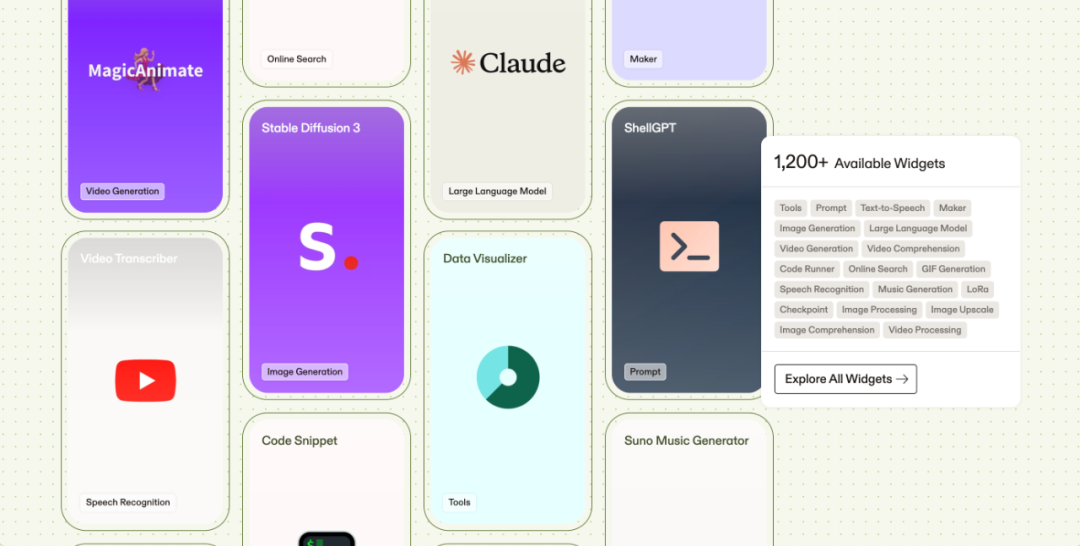
01 Chatting Away, We Created an App
Opening ShellAgent 2.0, its interface has a significant difference from IDE-like programming assistants; the entire page is a simple dialogue box. Chatting with it and clarifying your needs is all the work you need to do to develop an app. If you can clearly explain what kind of app you want to create, ShellAgent 2.0 can help you make it.
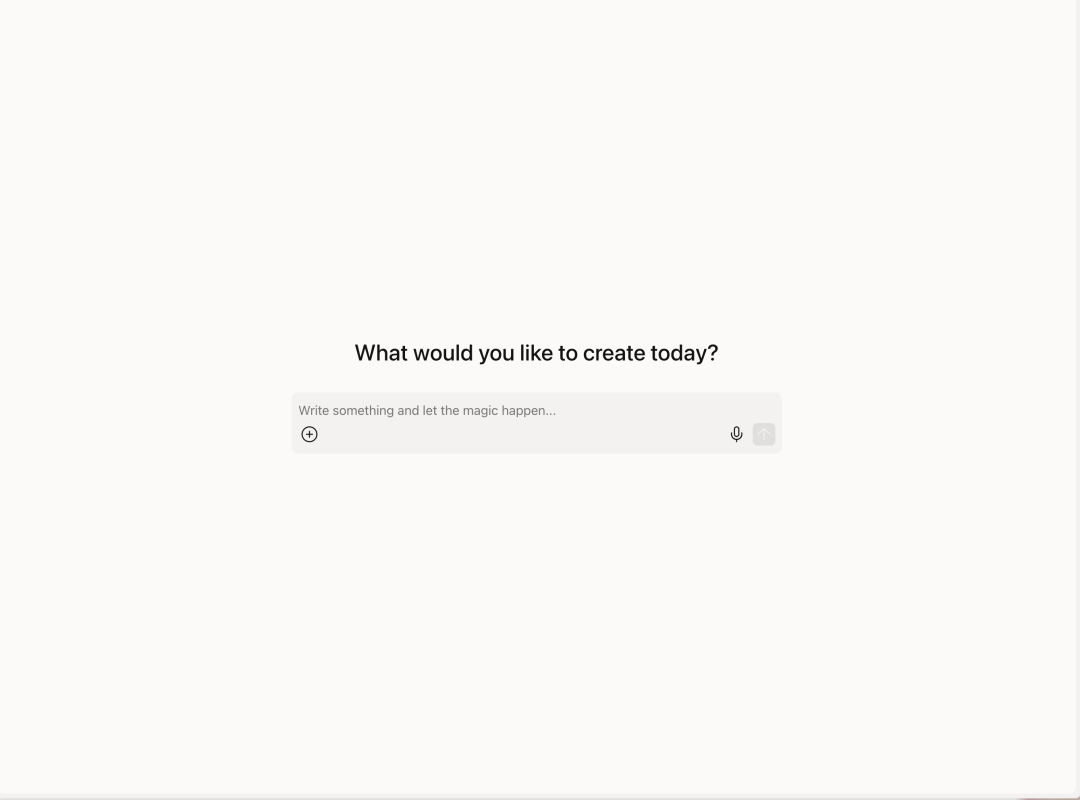
Initial interface of ShellAgent 2.0
For example, if we want it to replicate the AI features that previously made NotebookLM popular, the command input would be as follows:
I want to generate an app that can automatically summarize content into a podcast after uploading a PDF or webpage link.

Then, ShellAgent 2.0 begins to analyze the functional points contained in the demand and finds corresponding functional components from its component library.
Clearly, for app development, relying solely on a one-sentence prompt is far from sufficient. In traditional programming workflows, a whole document needs to be written to explain the matter. Therefore, ShellAgent 2.0 actively initiates interaction and asks for more details about the app.
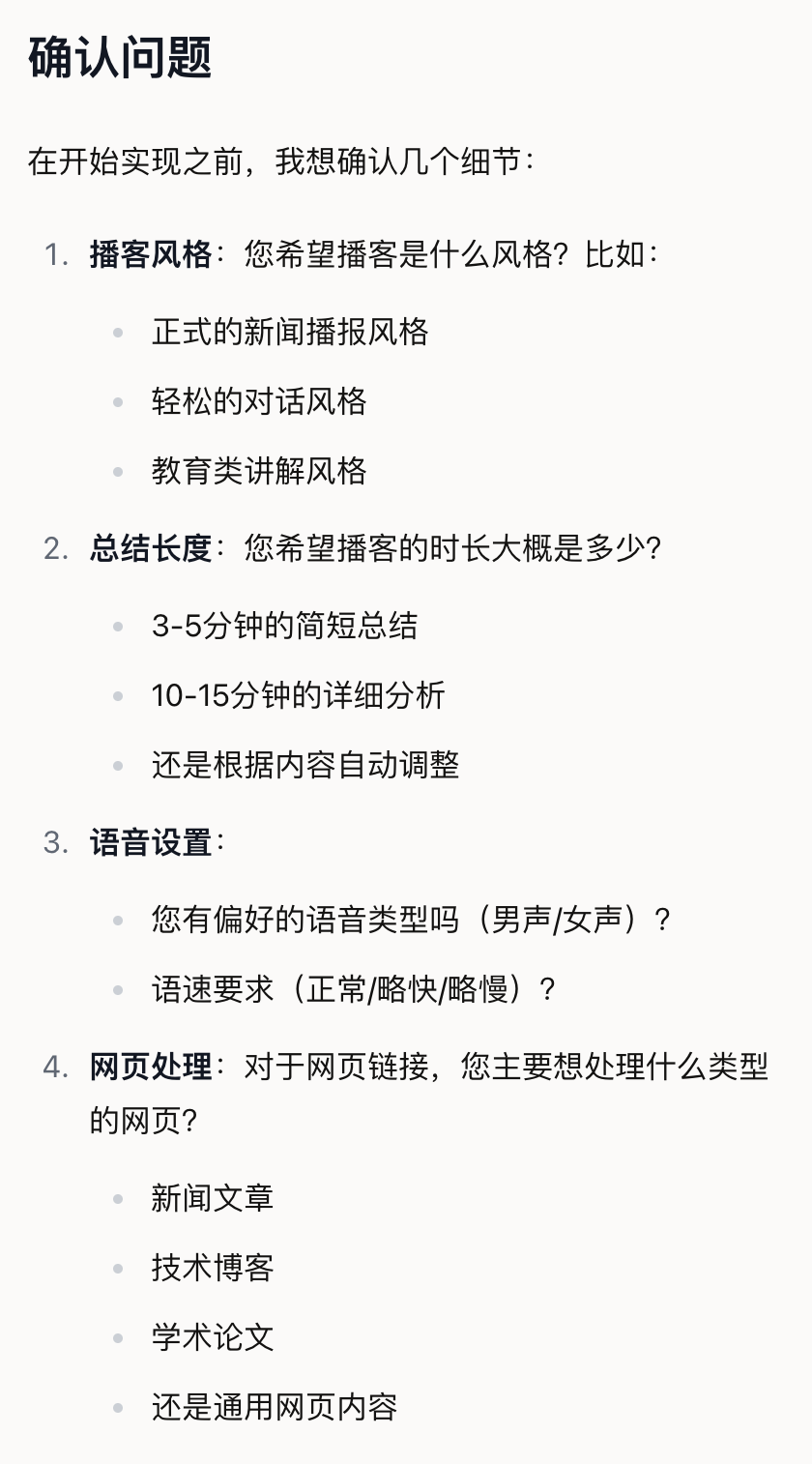
After waiting about 10-20 minutes, the entire app is completed. During this process, the execution progress is presented in the form of a Todo List on the right; at the same time, ShellAgent 2.0 will also draw a flowchart, making the logic of the entire app clear at a glance. After clicking deploy, the app is completed, and you can use it yourself or choose to make it public for other users.

Compared to similar competing products, ShellAgent has also achieved a leading position in bug control. For the same AI podcast app, Lovable and Bolt encountered 4 and 5 bugs respectively, while ShellAgent had no errors throughout the process.
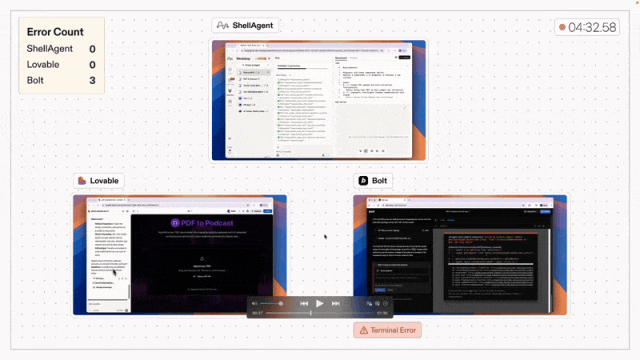
Of course, bugs cannot be completely avoided. At this point, there is no need to worry. Just click "Use ShellAgent" to fix it, and the AI will automatically locate the problem, fix the bug, and update the application. If there are new demands or issues after the fix, you can continue to propose requirements in the dialogue box, and ShellAgent will continuously optimize and adjust the app.
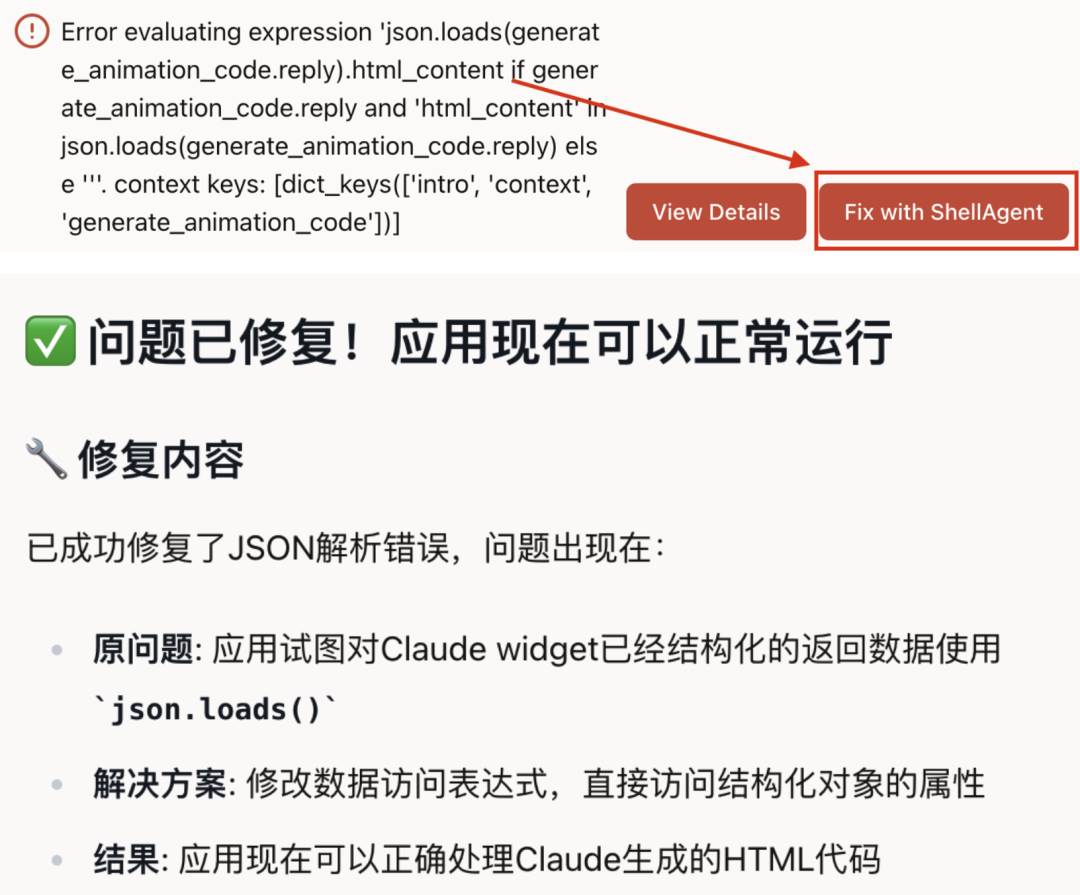
ShellAgent encounters a bug (top), analyzes the error cause and modifies it (bottom)
02 Product Philosophy of ShellAgent 2.0:
Creating Instagram for the AI Era
In fact, just from the perspective of creating apps from natural language, ShellAgent 2.0 is not that special; products like Cursor and TRAE can also achieve this.
So what is their biggest difference?
One noteworthy detail is that ShellAgent has not displayed a single line of code throughout the process. This reflects that the product philosophies of the two are completely different; the former is Instagram, while the latter is Photoshop.
Photoshop is a productivity tool aimed at professional users, powerful but with a steep learning curve, just like IDE products such as Cursor and TRAE. Ordinary users may never encounter the term IDE, which stands for Integrated Development Environment, and can be simply understood as the place where programmers write code.
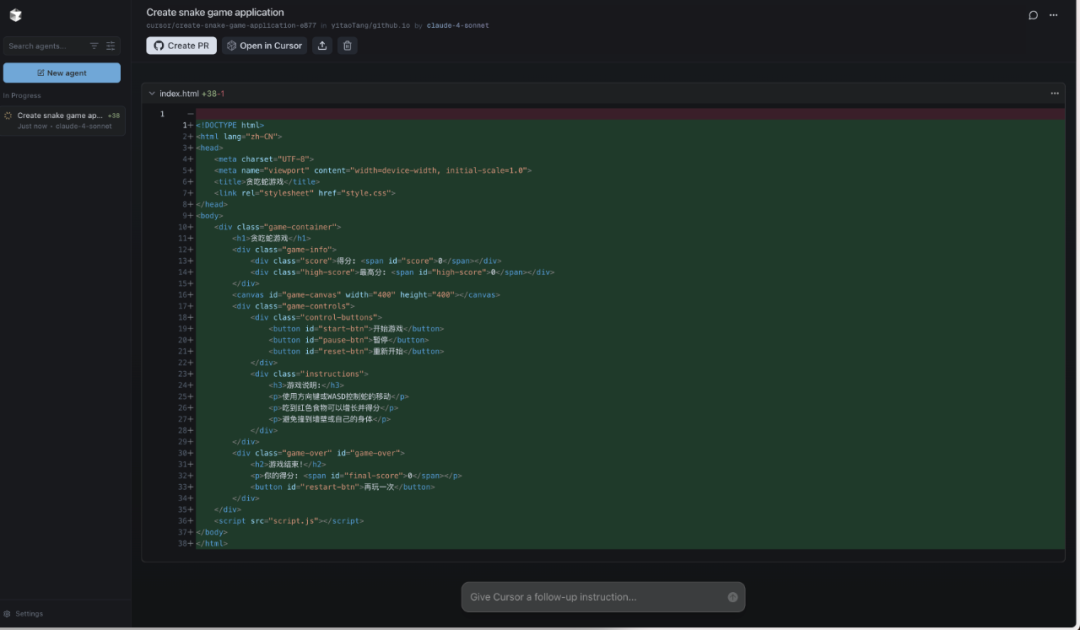
Cursor working interface
The change brought by Cursor is that it liberates programmers from heavy manual labor, allowing them more time to think about more difficult, interesting, and valuable decisions.
However, Cursor users still need to understand programming languages, be familiar with various frameworks, and have a broad technical vision; these factors can determine the upper limit of an app and are also a barrier for ordinary users.
The rise of Instagram is based on a completely different logic. Its most famous innovation is simplifying complex image processing into a few filter options. Users can enhance their photos with one click, making them eager to share on the platform.
From Instagram's perspective, it is easy to understand ShellAgent 2.0 as a product; many of its features are built around the core of "lowering barriers."
The Remix feature is one worth noting, which can be seen as ShellAgent 2.0's "filter." For many novice users, the biggest pain points in creation are actually "not knowing what to do" and "not knowing how to express it."
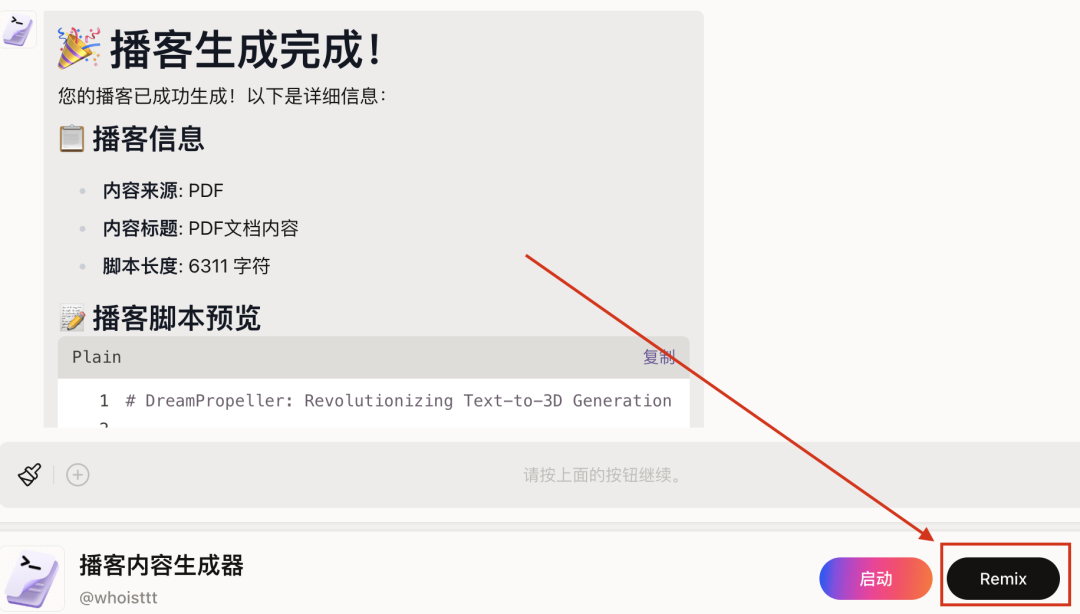
For apps already published by other users, the Remix feature allows modification of app functions.
The Remix feature addresses these two pain points. There are already rich application cases on the platform—from simple calculators to complex data analysis tools, from personal productivity apps to small business tools. Users can browse these existing applications, find versions that closely match their needs as a starting point, and create their own versions. For example, changing the tracking topic of a news aggregation app from "AI" to "cryptocurrency"; or adding new multimodal AI features to transform "PDF to podcast" into "video to podcast."
When each user's Remix can potentially become inspiration for others, a positive cycle of creativity is formed.
In ShellAgent 2.0, creating an app is not the end; deploying it in the creative square is key. Then, your app can be seen, used, modified, and consumed by other users. At this point, the app is not just an app but a medium of content. Building a creator ecosystem around this content medium is the essence of ShellAgent 2.0.
In this new ecosystem, new professions like "app designers" may emerge—those who do not write code but are well-versed in user experience design and can create practical and elegant applications. Excellent app creators may have their own fan base, just like today's internet celebrities and bloggers.
03 A Watershed in the AI Era
If we view the history of software development as several major paradigm shifts, it roughly follows a path from machine language to high-level language, command line to graphical interface, local to cloud computing, low-code to no-code. Vibe Coding may be the new paradigm shift we are currently experiencing—intelligent, where users only need to describe their needs in everyday language, and AI can automatically generate applications.
In this process, a differentiation of productivity may occur.
For example, IDE products like Cursor enhance the productivity of professional engineers, akin to the efficiency boost from "film SLR" to "digital SLR." They have a high upper limit but still require users to have a foundation in programming and technical understanding, just as photographers understand parameters like "shutter, aperture, and ISO."
No-code products like ShellAgent 2.0 empower ordinary people to create software, akin to "the camera behind the smartphone." The image quality of smartphones is far inferior to that of DSLRs, but Instagram, born around this camera, covers the broadest user base and forms a new creator community.
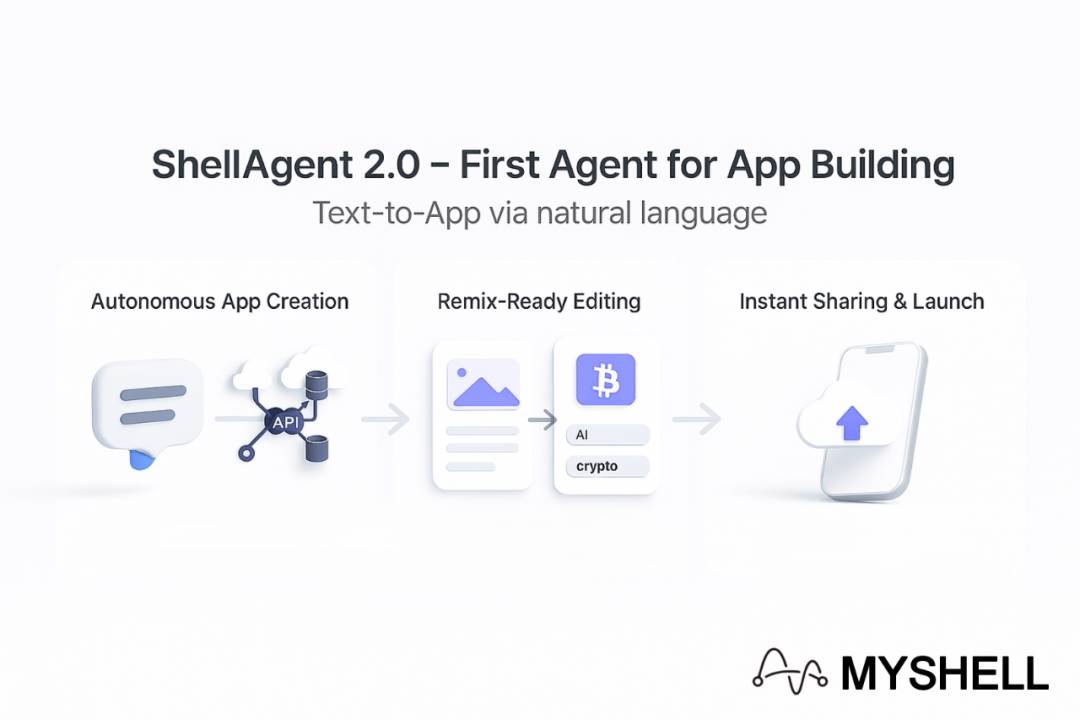
Over the past twenty years, the programmer community has enjoyed the greatest dividends of the mobile internet era, with the core barrier being the technical threshold of programming languages. Many excellent ideas have been halted at the idea stage due to the technical implementation barrier.
The true value of ShellAgent 2.0 may not lie in the technology itself, but in the vision it initiates—liberating the rights of software creation from technical experts and distributing them to ordinary people.
This shift may redefine many concepts. What is a "developer"? In the world of ShellAgent 2.0, anyone with a creative idea could be a developer. What is a "software company"? When individual users can quickly create and share applications, the business model of software may also face reconstruction.
In this new paradigm, the core of software development is no longer just technical implementation, but more focused on value design. Understanding user pain points, possessing creative thinking, and being able to design excellent user experiences may be more valuable than mastering programming skills.
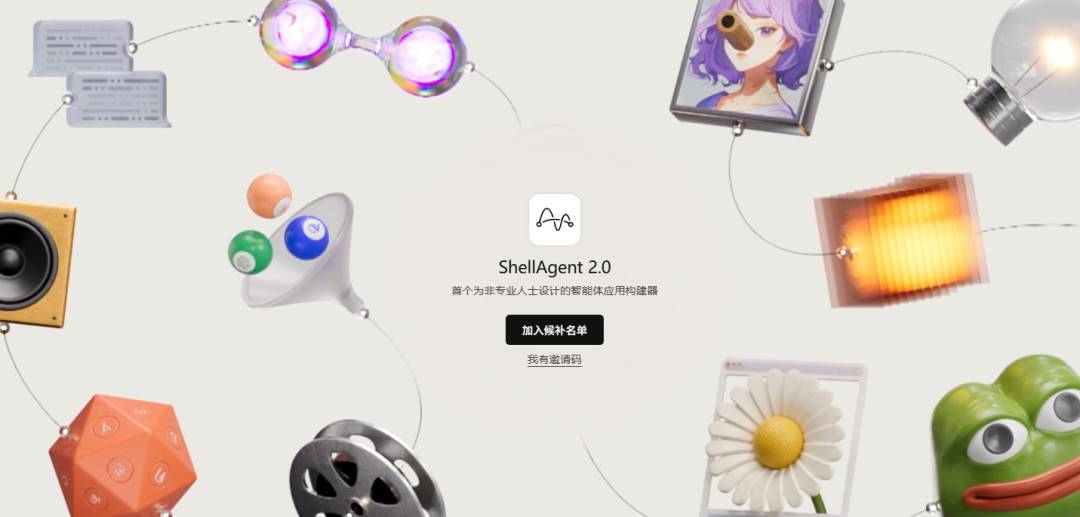
免责声明:本文章仅代表作者个人观点,不代表本平台的立场和观点。本文章仅供信息分享,不构成对任何人的任何投资建议。用户与作者之间的任何争议,与本平台无关。如网页中刊载的文章或图片涉及侵权,请提供相关的权利证明和身份证明发送邮件到support@aicoin.com,本平台相关工作人员将会进行核查。




